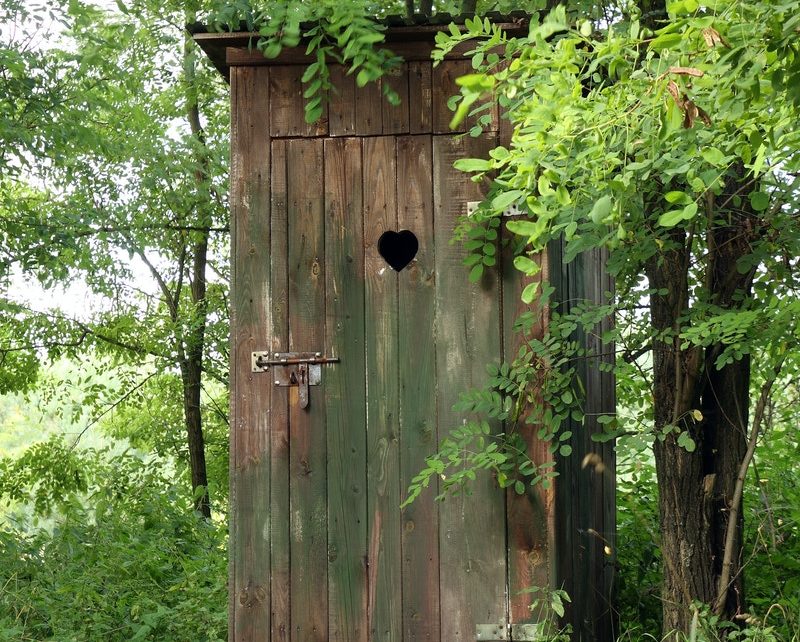
UPDATED 11/20/20
What is the danger of improper sewage disposal? Industrial water treatment is a vital process. Depending on the water contamination, which varies with the facilities’ technologies, treating it can be a hassle. It entails the treating of water to make it suitable for a particular use. It can be for manufacturing, consumption, or disposal. Sanitary water treatment, which involves the physical, biological and chemical processes in removing contaminants, produces treated wastewater. Some critical water treatment systems include raw water, boiler feed, cooling tower, and wastewater treatment.
So, what is the actually dangerous about improper sewage disposal?
Any industrial area should ensure there is no release of sewage from untreated sewage sources. All sources of sewage need to consider the varying effects this may have on the environment. After all, sewage waste disposal has varying dangers. For instance, untreated sewage source affects the environment. The untreated sewage may contain harmful components like organic compounds, pathogenic organisms, heavy metals, and excess nitrogen and phosphorus. The untreated wastewater may have immediate or delayed effects on the environment, depending on the disposal method.
Such sewer waste disposal may also have health effects from human pathogens from the sewage, including typhoid, cholera, and dysentery. In some cases where detergents are involved, an untreated sewage source may cause liver and kidney damage. For the safety of human health and the environment, all sources of sewage should invest in waste water treatment.

Less than one month ago, a rainstorm overwhelmed Baltimore’s sewers, causing a manhole to overflow and spill more than 16,000 gallons of sewage and water. Despite having spent $700 million over the past 13 years to stop sewage leaks, the city remains well behind its efforts to satisfy a 2002 agreement that laid out a plan to fix the issue. The incident in December again highlighted Baltimore’s need to fix its leaky sewer systems, which had lifespans of about 40 years.
However, the city missed the court-imposed deadline at the end of 2015, causing environmental groups to press for more explicit water quality improvement goals and aggressive policing of sewage spills. Now, Baltimore officials are negotiating with both state and federal environmental agencies on a revised plan designed to keep dangerous levels of fecal bacteria out of waterways.

Water quality advocates are hopeful that this new agreement will require the city to do even more, but also left room for possible legal action, which they will take if they think the plan is still too weak or if the deadline is extended too far into the future.
“I’m optimistic many of our concerns will be addressed,” Baltimore Harbor Waterkeeper David Flores, who works for the Blue Water Baltimore watchdog group, told the Baltimore Sun. “Whether or not they’ll be addressed sufficiently to our concerns, I can’t say yet.”
Environmental groups hope to see a more stringent court order within weeks, but agencies involved in the agreement — the Baltimore Department of Public Works, U.S. Environmental Protection Agency and Maryland Department of the Environment — wouldn’t say when they anticipate filing a new plan in federal court or what measures it might include.
“Everyone knows this can be a challenging and expensive problem to solve,” MDE spokesman Jay Apperson told the Baltimore Sun. “We’re working on an amended consent decree that takes into account the logistical challenges while insisting on continued environmental progress.”

Finding raw sewage in basement is a serious problem, and it can be a sign of a septic tank issue. When people find evidence of this sort of problem, they should certainly make sure that there aren’t any obvious blockages in the water sewage system. Even a blockage in the sink or the downstairs toilet could potentially cause a household issue as serious as this.
When the main line is clogged, it will prevent water from flowing through the system normally. The contaminated water can eventually end up in the basement or the house’s bathtub as a result. People need to define sewage disposal correctly, and they need to perform this process safely. People ultimately need an effective and functional sewage disposal system to live without significant health risks.

Sewage treatment is not just about containing the sewage itself, although that is certainly one of its purposes. The contaminants themselves can also get removed from the wastewater. It actually takes a lot of different biological and chemical processes to make this happen regularly enough to keep everyone in populated areas safe. Systems like these are complex, and they can certainly experience plenty of different issues that need to be addressed quickly.andnbsp;




